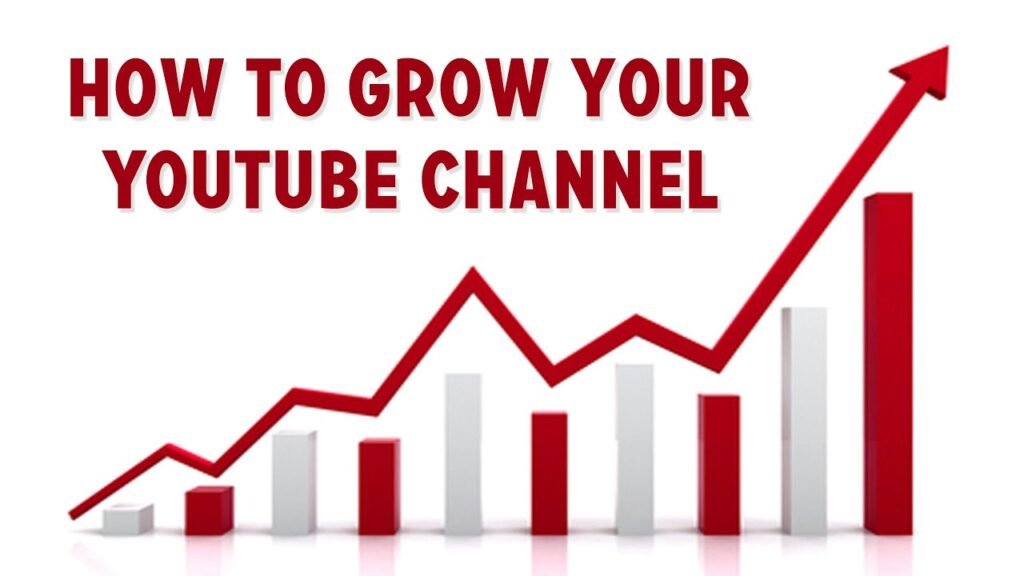Influencer marketing in 2025 has moved far beyond vanity metrics like likes and followers. Today, brands want measurable results, clear ROI, and campaigns that directly support business goals. This shift has created a new approach known as performance-driven influencer marketing—where influencers are evaluated based on conversions, clicks, leads, or sales they generate.
If you want to build influencer campaigns that deliver real, trackable performance, here is a complete step-by-step guide.
1. Set Clear and Measurable Campaign Objectives
Before onboarding influencers, identify what you want the campaign to achieve. Common performance goals include:
- Website traffic
- Lead generation
- App installs
- Product purchases
- Email sign-ups
- Engagement on specific posts
Use SMART goals so measurement becomes easier.
Example: Generate 1,000 website visits and 80 leads from Instagram creators in 30 days.
2. Choose the Right Influencers Based on Data, Not Fame
For performance-driven campaigns, choose creators based on:
- Audience relevance (demographics, interests, location)
- Past performance analytics (CTR, swipe-ups, average link clicks)
- Engagement quality, not just rate
- Content style and authenticity
- Platform expertise (Reels, YouTube Shorts, LinkedIn posts, etc.)
Micro and nano influencers (5K–50K followers) often deliver higher conversion rates than celebrities.
3. Structure the Campaign With Performance Incentives
Move beyond one-time fixed payments. Use performance-based models such as:
- Cost per click (CPC)
- Cost per lead (CPL)
- Cost per acquisition (CPA)
- Revenue share / affiliate commissions
- Bonus for exceeding KPIs
This model motivates influencers to push the campaign harder because their earnings increase with results.
4. Provide Influencers With High-Converting Assets
To maximize performance, give influencers:
- Pre-approved creatives
- Landing page links
- Custom UTM tracking links
- Discount codes
- Short, compelling scripts
- Key selling points and product benefits
High-quality assets reduce creator effort and ensure messaging consistency.
5. Use Tracking Links and Analytics Tools
A performance campaign must be trackable. Use:
- UTM links for accurate source tracking
- Affiliate dashboards (Impact, Refersion, GoAffPro)
- Creator-specific coupons
- Google Analytics 4
- Meta & Google Ads attribution data
Tracking ensures each influencer’s performance is measurable.
6. Optimize the Landing Page for Conversions
Even the best influencer can’t deliver results if the landing page is weak.
Optimize for:
- Fast loading speed
- Clear CTA buttons
- Mobile-first design
- Clean hero section
- Trust badges/reviews
- Simple forms
- Limited distractions
Remember: A high-performing landing page can double conversion rates.
7. Run A/B Tests on Content and Creators
To scale performance, test:
- Influencer content formats (Reels vs. Stories)
- CTAs (Swipe Up, Buy Now, Learn More)
- Caption types (long storytelling vs. short promotional)
- Influencer categories (beauty vs. lifestyle vs. finance)
A/B testing reveals what actually drives performance instead of guessing.
8. Reuse the Best Influencer Creatives in Paid Ads
Top-performing influencer videos can be turned into:
- Instagram ads
- YouTube ads
- TikTok Spark Ads
- Meta Story Ads
This is called whitelisting or creator licensing, and it significantly improves ROI because:
- Creator content feels more authentic than brand ads
- It boosts click-through rate
- It reduces cost per acquisition
9. Measure KPIs and Compare Influencer ROI
Monitor metrics such as:
- Click-through rate
- Cost per click
- Customer acquisition cost
- Conversion rate
- Sales attributed to each influencer
- Engagement and reach
- Lifetime customer value from campaigns
Use this data to decide whether to scale, pause, or renegotiate contracts.
10. Build Long-Term Partnerships With High Performers
Once you identify high-ROI influencers, build ongoing partnerships so:
- They become brand advocates
- Their audience trusts your brand more
- You reduce onboarding time
- Performance increases over time
A long-term creator delivers better consistency and results.
Conclusion
Performance-driven influencer campaigns allow brands to invest in creators strategically and track results with precision. Instead of paying for reach alone, you pay for real outcomes—leads, sales, and measurable growth. By selecting the right creators, using proper tracking tools, optimizing content, and testing continuously, businesses can achieve significantly higher ROI from influencer marketing.
For professional digital marketing, SEO, and performance marketing services, you can visit TechsterTech.com, where we provide complete solutions for influencer strategy and scaling results-driven campaigns.



